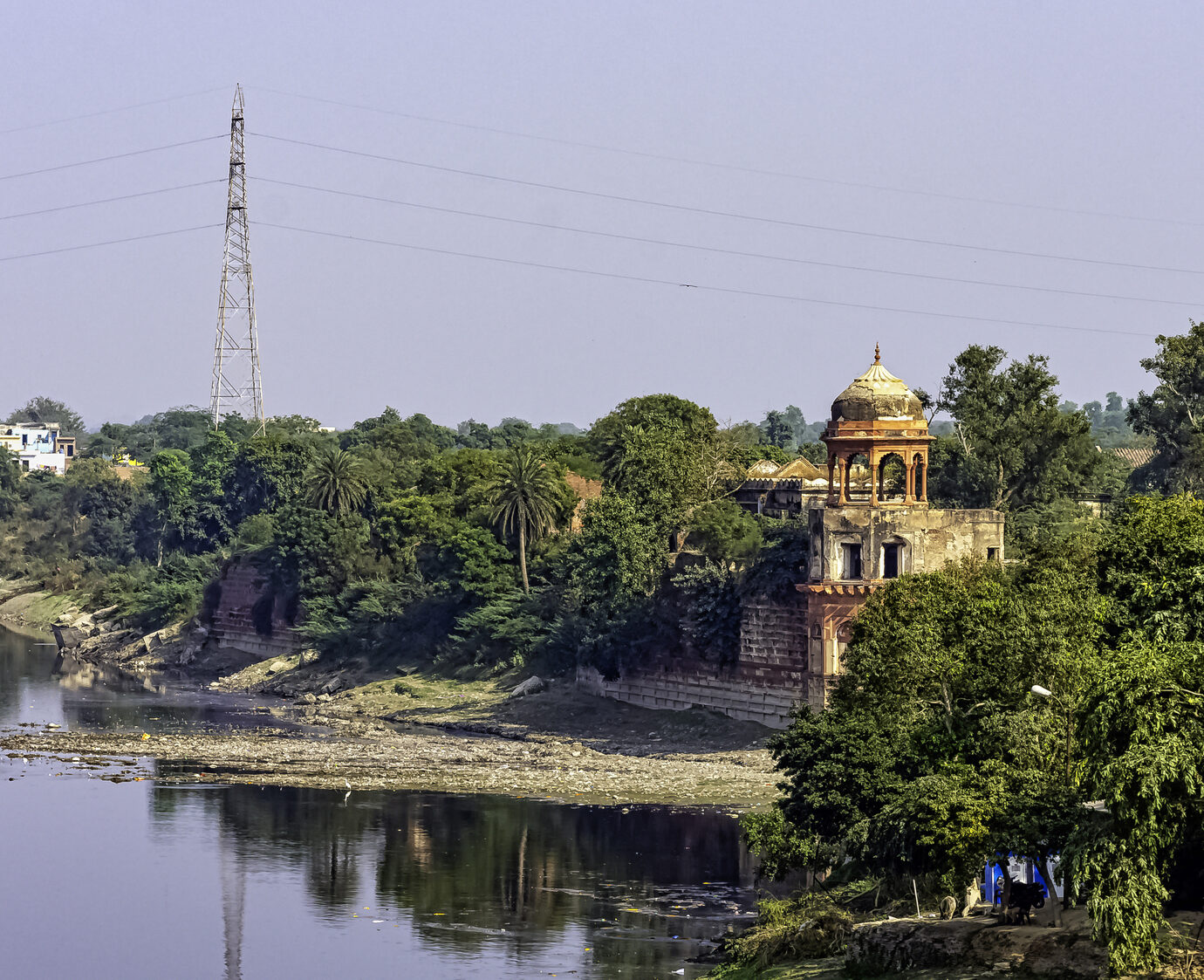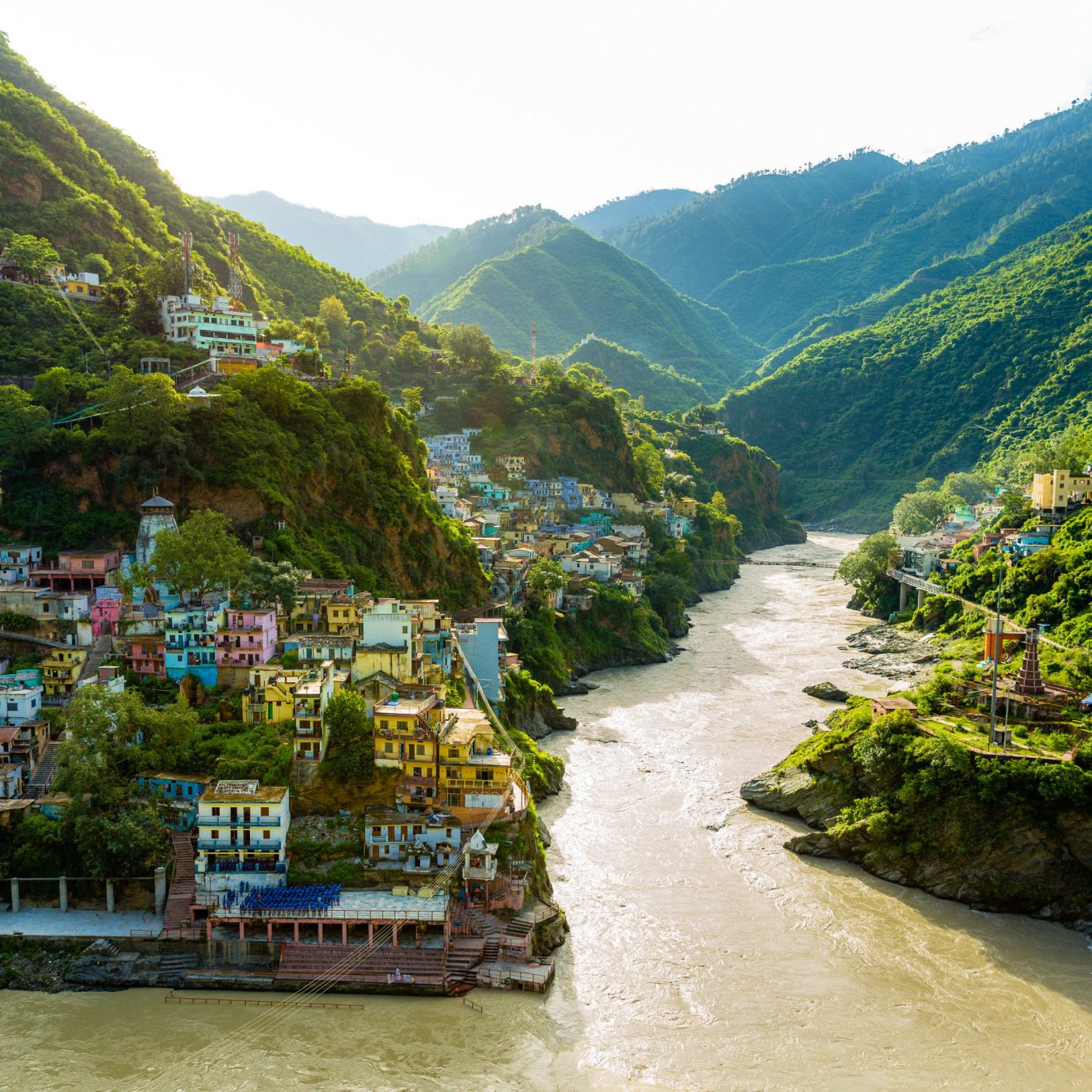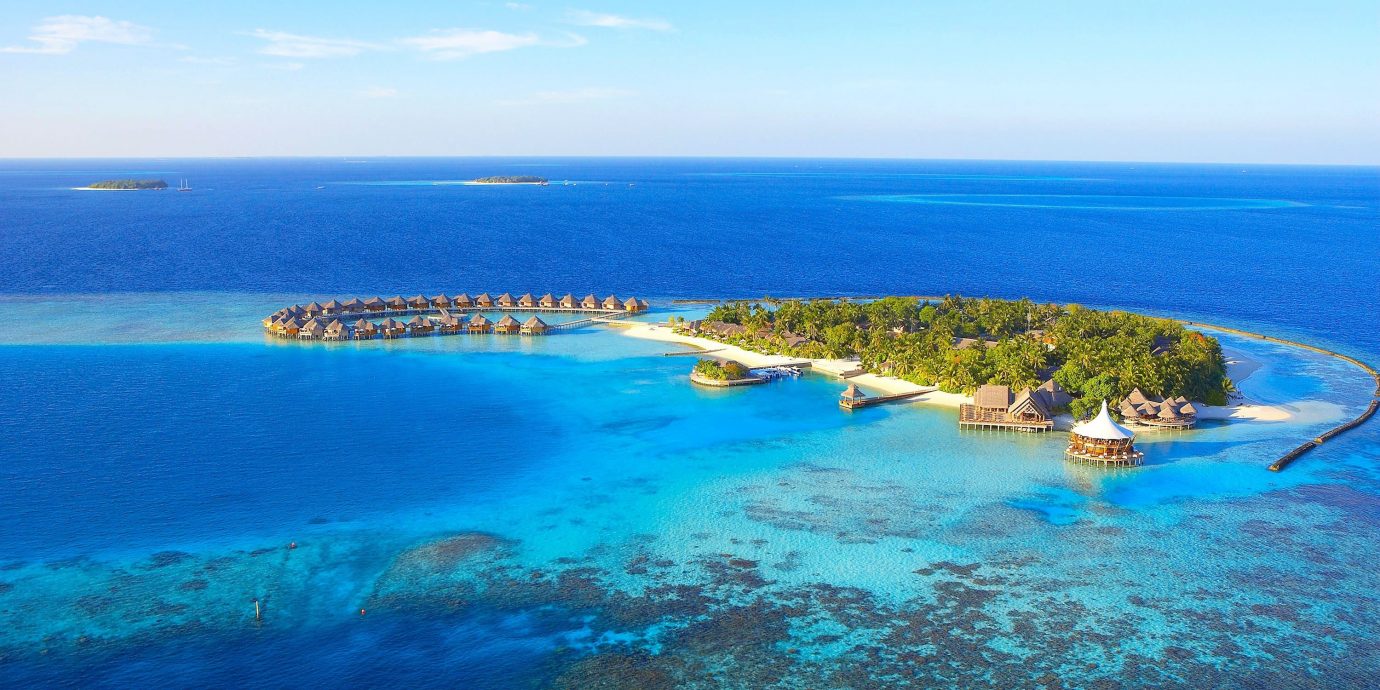
11 Places to Visit Before It’s Too Late
We know you've read the story before—there's even a 1,200-page book about it. But we can't help but to remind you of all the great sites on earth that will one day be gone forever. The only question is, how long before the only place they exist is on the pages of a history book? Go now, before it’s too late.
Senior Editor, Jetsetter | @lindseytravels | lindseytravels.com
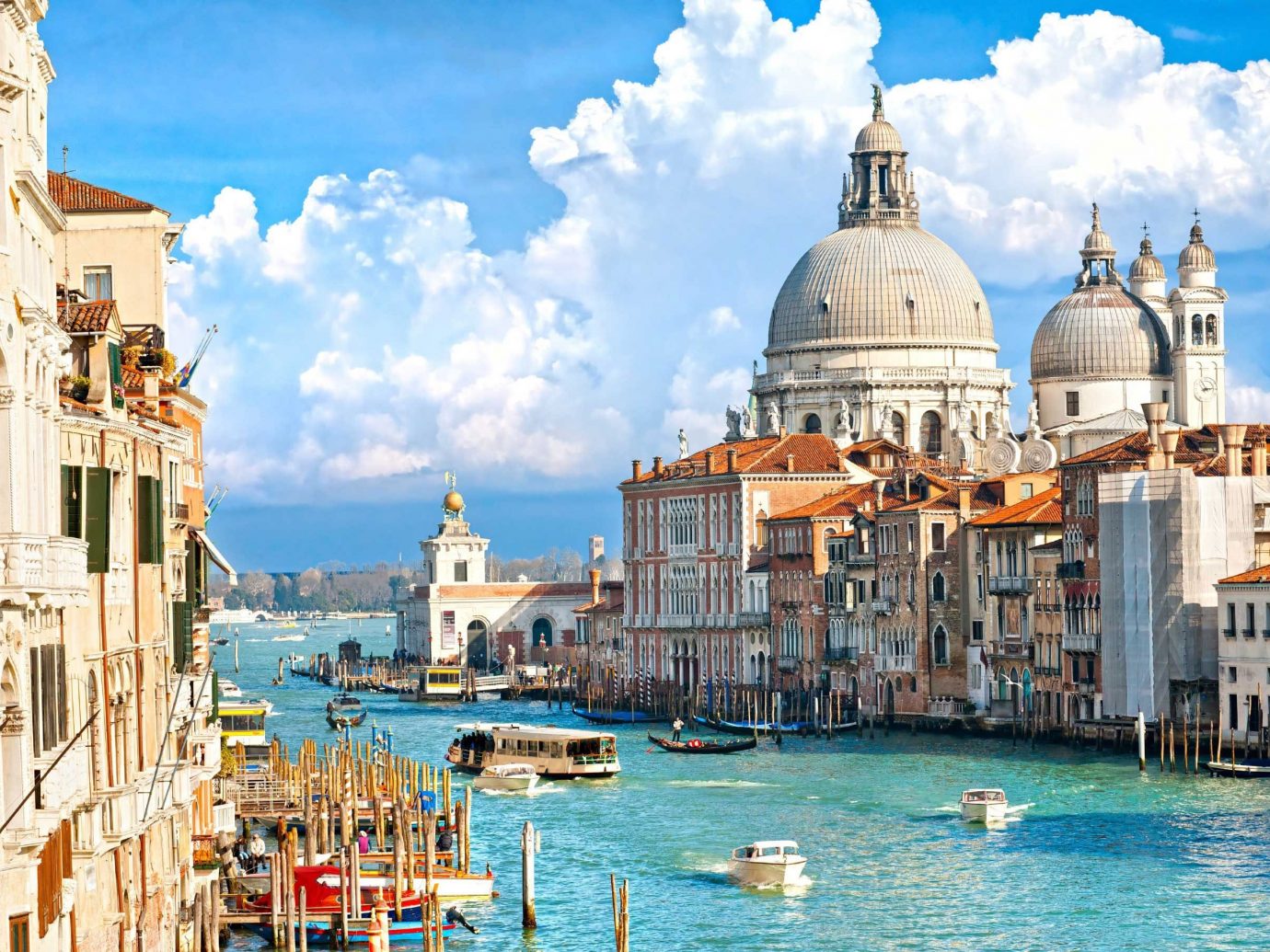
Venice, Italy
The medieval city is postcard-perfect, its intricate network of canals wending through ancient cobbled alleys and under bridges, a window into the Italy of the 5th century. But Venice, built on top of an unstable lagoon, is sinking, and worsening, recurring floods have only sped up the structural damage inflicted on Venice’s low-lying brick buildings and the priceless St. Mark’s Basilica. A mere 3.3-foot rise in sea levels would put the city underwater—a reality that focuses not on “if” but “when.”
Tour to Book: Grand Day Tour of Venice with Skip-the-Line Access
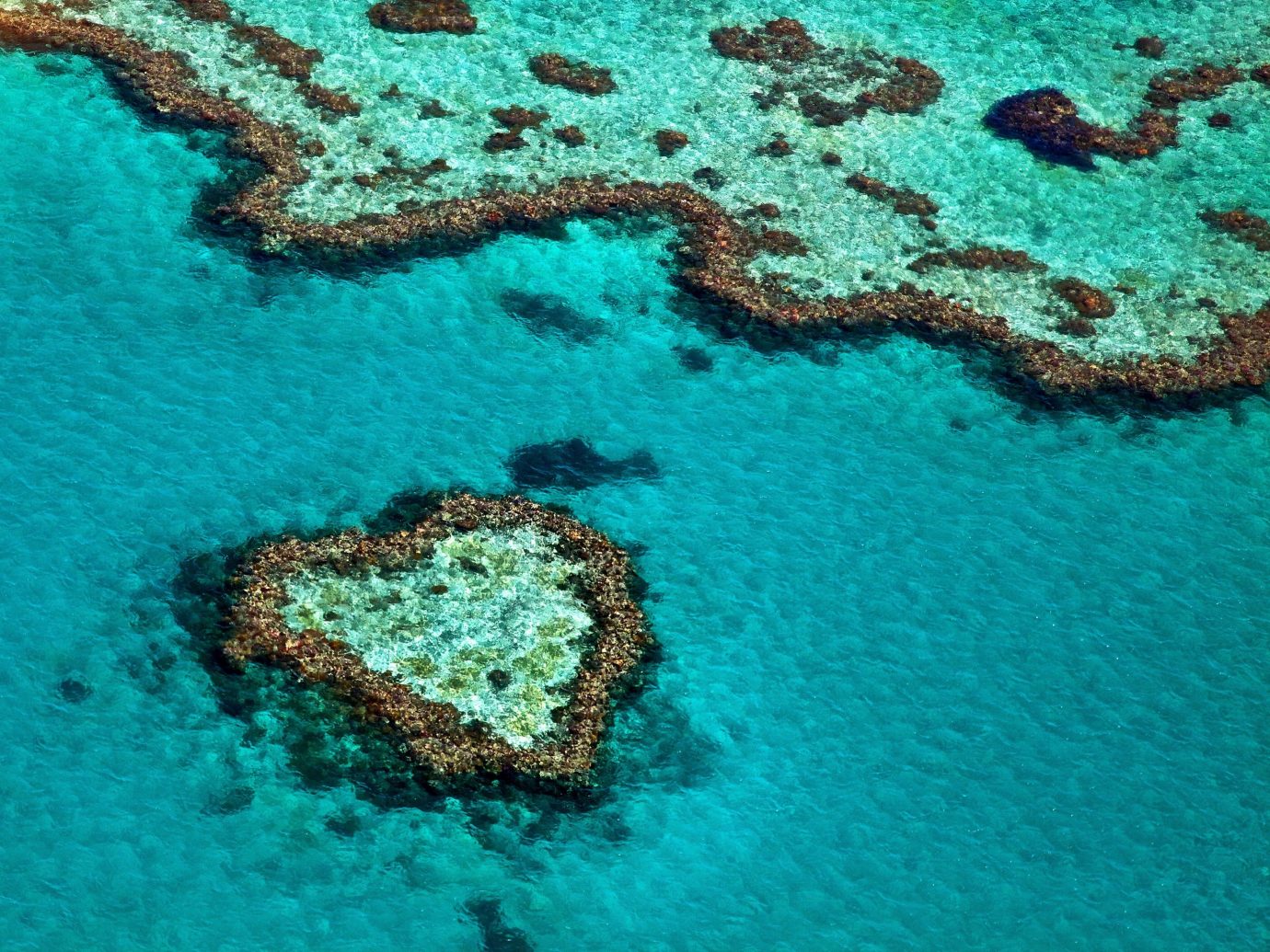
Great Barrier Reef, Australia
Stretching some 1,200 miles along Australia’s Queensland coast, this bio-diverse natural wonder contains the largest existing cover of coral reefs and remains the only living thing that can be seen from space—yet even a landform of this size cannot evade the small yet devastating changes in the Earth’s atmosphere. Worldwide jumps in carbon dioxide have contributed to the steady deterioration of vulnerable, slow-growing corals—and the Great Barrier has lost half of its coral cover in the last 30 years. Not to mention pollution from industrial port development and outdated fishing practices, which continue to damage the sea floor and its marine residents. UNESCO spared the icon from an “in danger” listing, but warns that significant conservation progress must be made.
Tour to Book: A Reef Diving and Snorkeling Cruise from Cairns
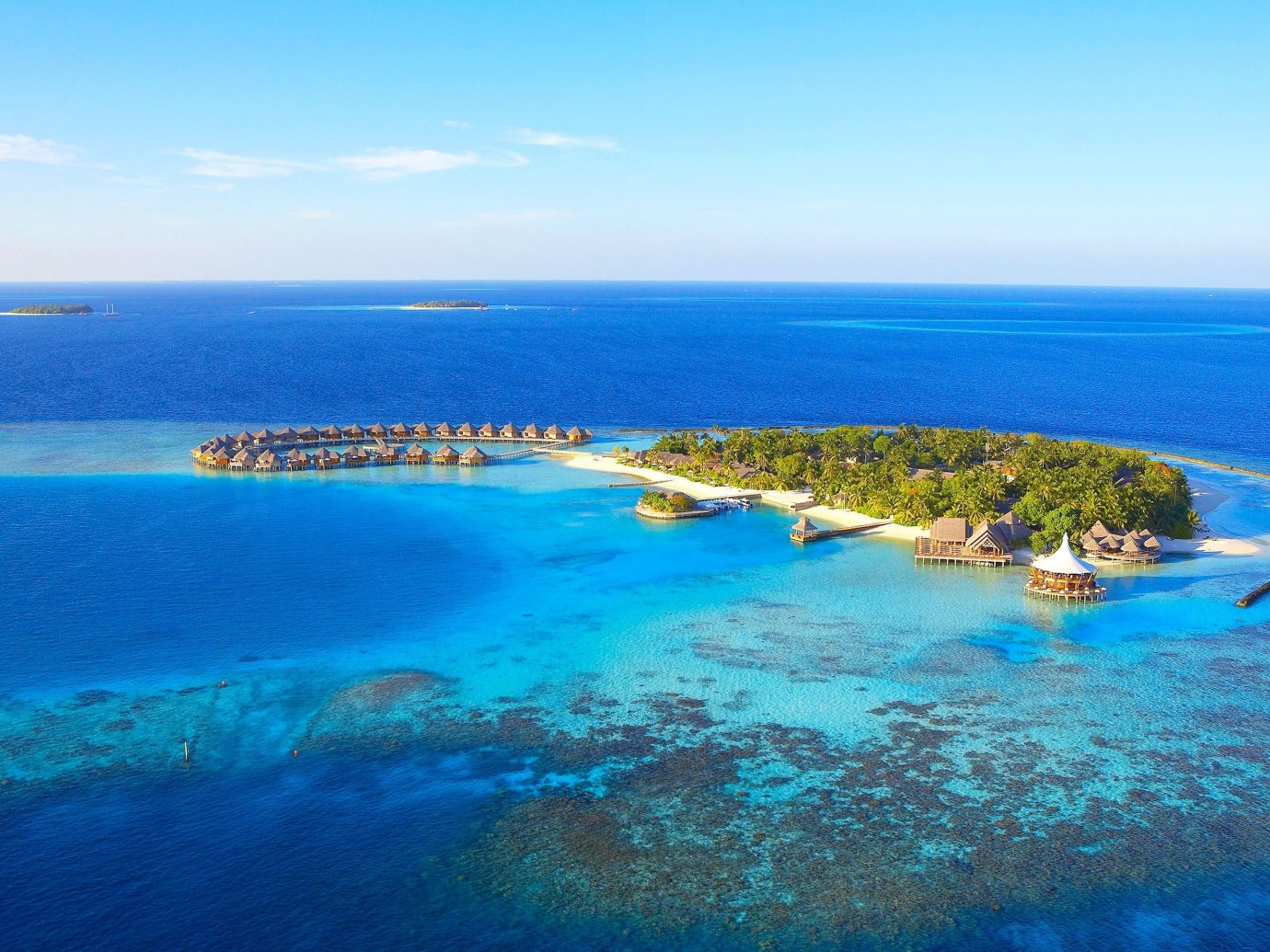
The Maldives, South Asia
It doesn’t get much more utopian than this 26-atoll tropical paradise in the middle of Nowheresville, Indian Ocean, with its sugar-white beaches, vast coral reefs, and turquoise waters that stretch endlessly into the horizon. But beauty can’t mask the threat facing its idyllic islands, 80% of which sit no more than 3.3 feet above sea level. Steadily rising ocean levels are poised to submerge the lowest nation on Earth within 100 years. How serious is it? So much so that efforts are already in place to relocate citizens displaced by rising tides.
RELATED: The Best Overwater Bungalow Resorts in the Maldives
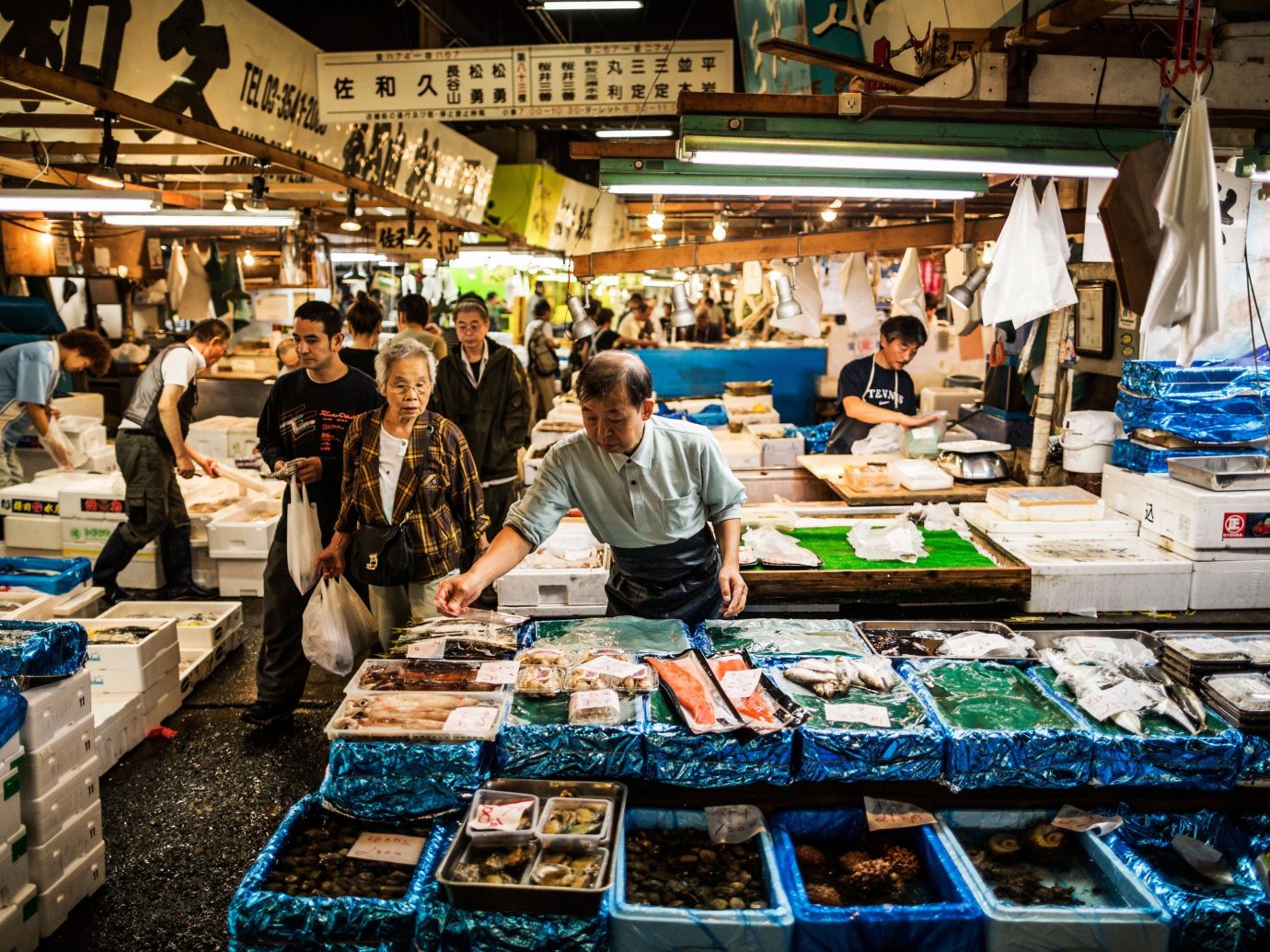
Tsukiji Fish Market, Tokyo
The world’s largest fish market is a sight to behold: for generations, throngs of tourists and locals have shuffled through the wholesale arcade of 1,200 stalls, haggling with fishmongers for fresh catches of the day, from swordfish and caviar to seaweed and salmon. Before dawn, even before the crowds descend, live tuna auctions are held—a sight witnessed only by a lucky few each day. Sadly, your chance to see this storied landmark in its original location is officially over, as it moved to Toyosu, across central Tokyo’s Sumida River, in preparation for the 2020 Summer Olympics.
Tour to Book: Outer Market Walking Tour and Sushi Class
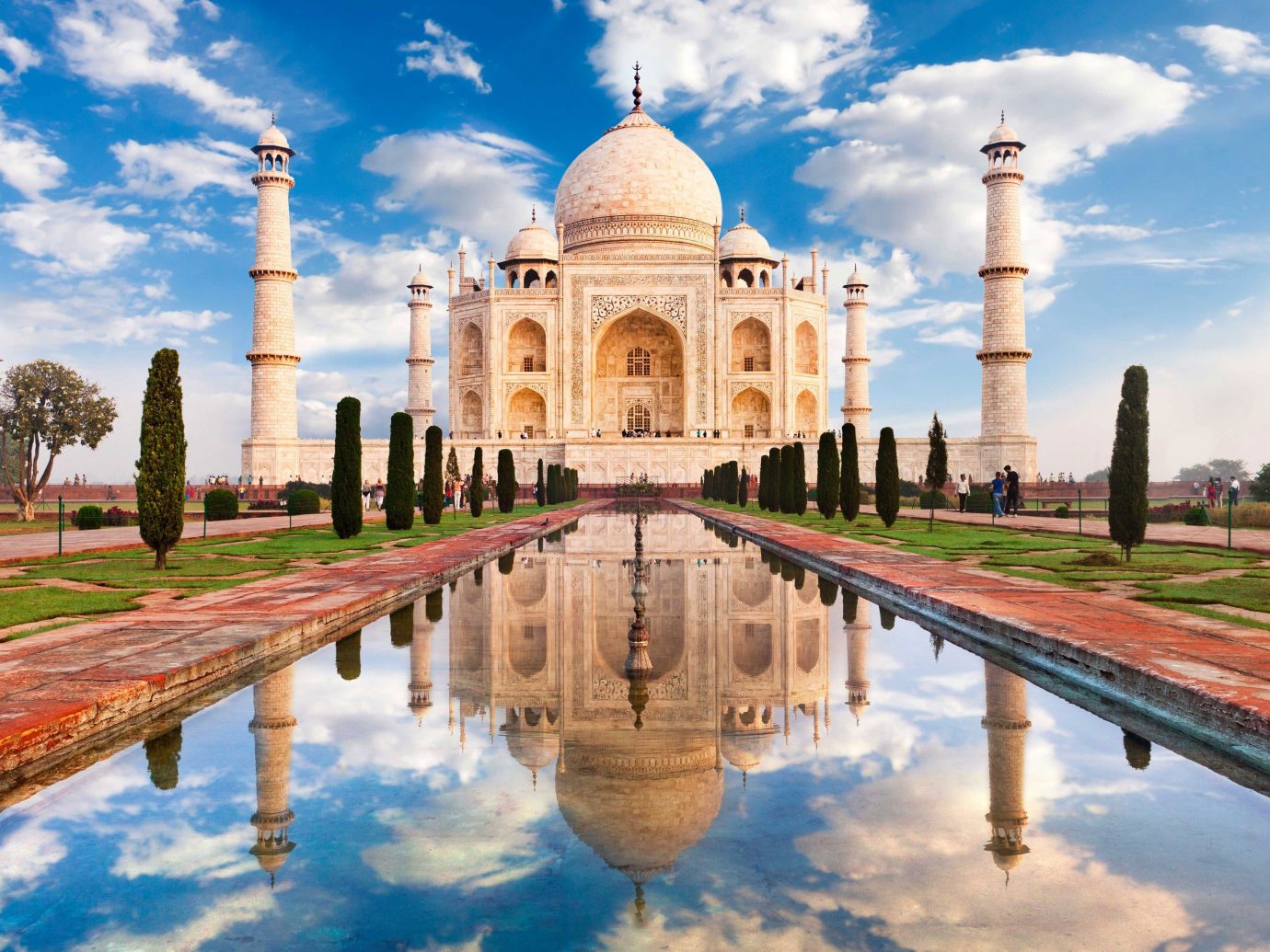
Taj Mahal, India
Even increasing admission prices cannot dissuade the multitudes from making the pilgrimage to Agra and India’s crown jewel, a feat of design that marries Hindu, Islamic, Asian, and Persian architecture and possesses an even greater backstory. Today, the mausoleum has become one of the most iconic structures ever built, and welcomes up to four million tourists a year—an unforgiving amount of people that experts fear, along with nearby vehicle traffic, contributes to steady erosion and air pollution every day. Not to mention the building’s foundations are slowly sinking towards the Yamuna River. There are rumored plans to close the site to the public, reducing the palace—as England did with Stonehenge—as a place only experienced from afar.
Tour to Book: Private Taj Mahal and Agra Fort Day Tour with Lunch
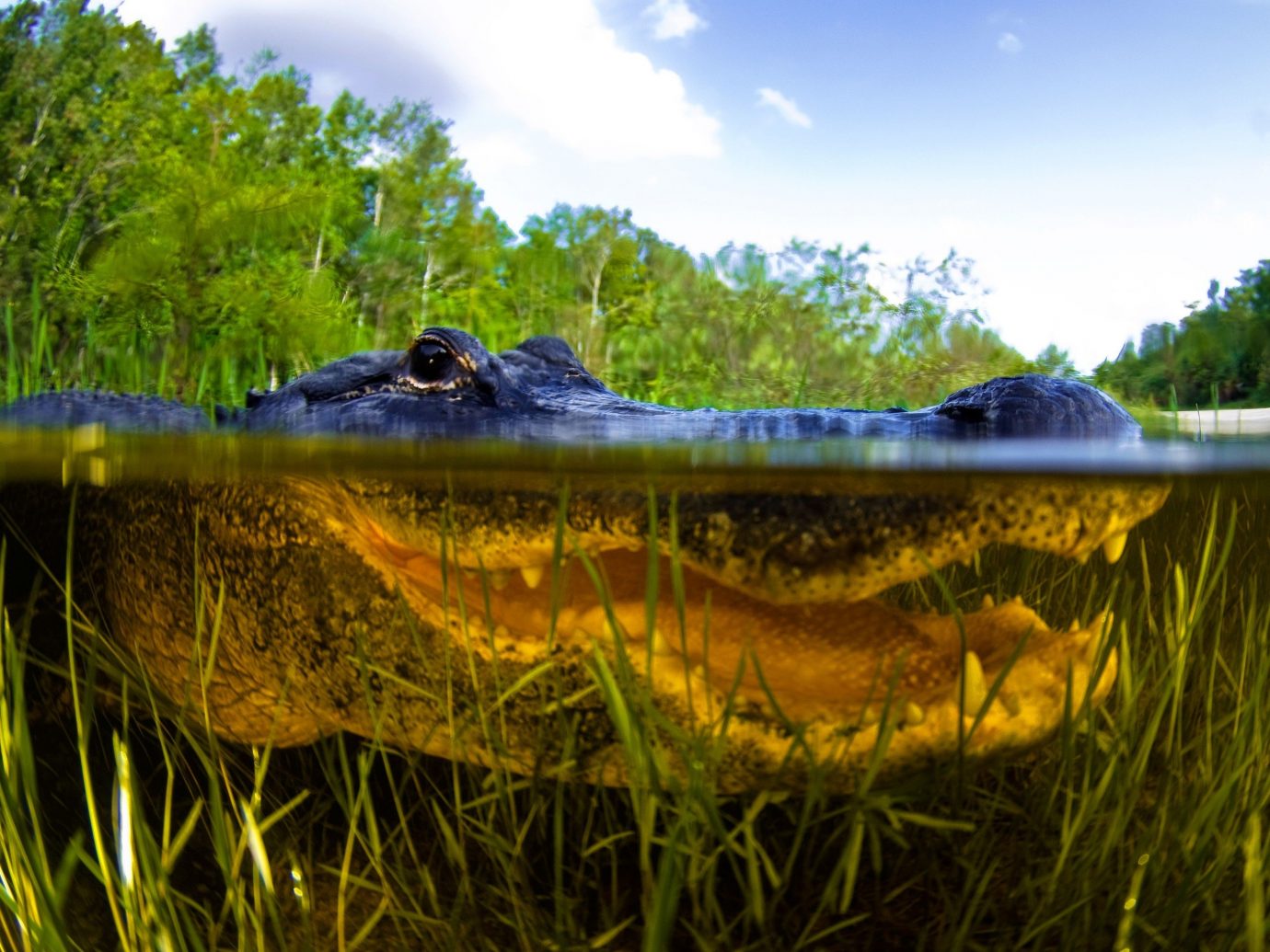
The Everglades, Florida
Florida’s 2.5 million-acre wetland is a diverse landscape of swamps, savannahs and mangroves, and the only place in the world where alligators and crocodiles coexist. But only a fifth of it is protected by a national park; as a result, the region is half the size it was in 1900, owing to farm pollution, infrastructure development, and introduced species such as the Burmese python, which have been preying on surrounding wildlife. In fact, wildlife might face the greatest threat: this is the home of many endangered species including manatees, wading birds, and green sea turtles, as well as the lone habitat of the Florida panther (less than 100 survive in the wild today). While the Everglades will never completely disappear, the ecosystem is facing irreversible change for the worse.
Tour to Book: River Tour and Airboat Ride
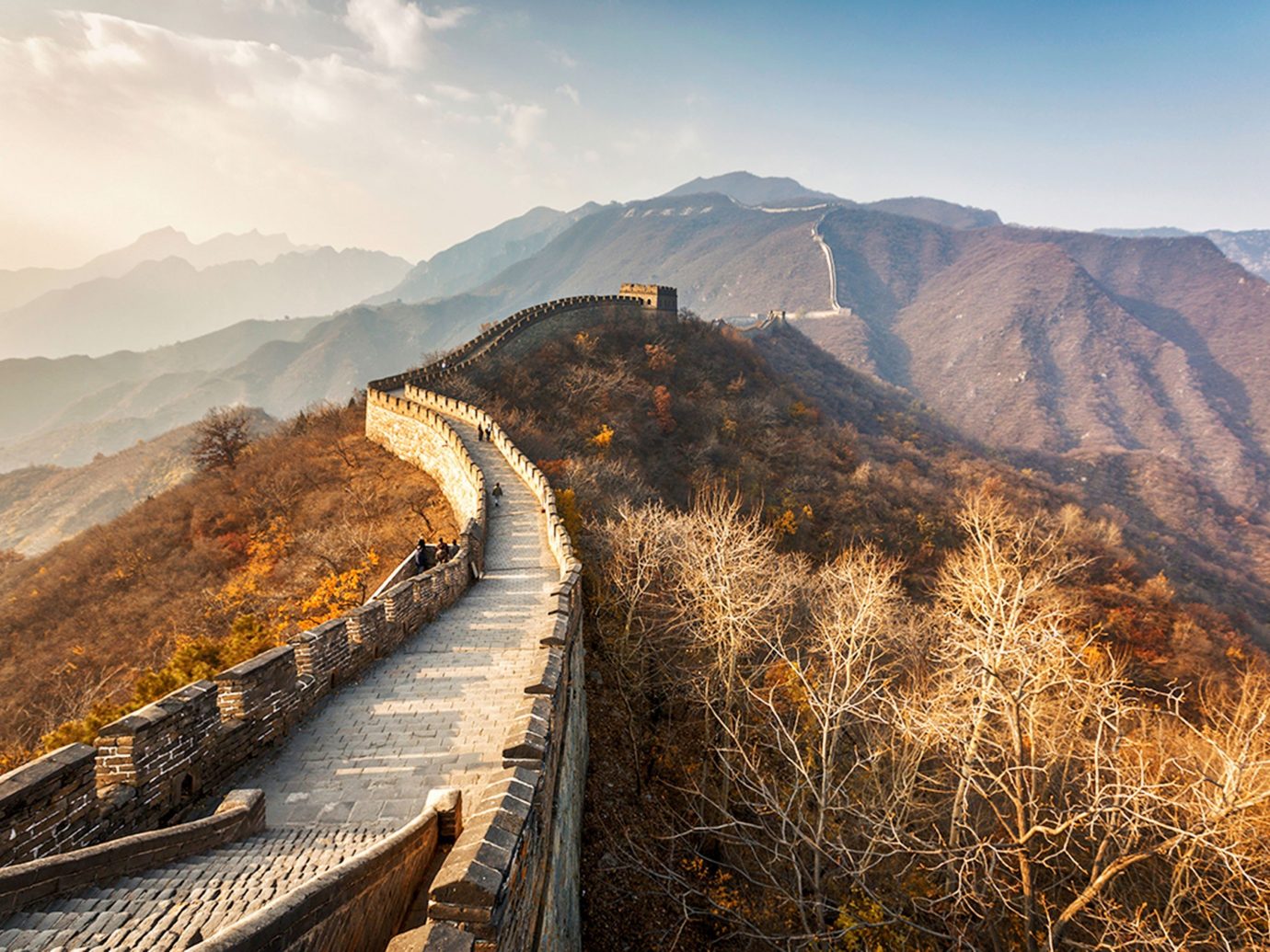
The Great Wall of China
The world’s largest man-made structure, a mighty fortification built to protect a kingdom and a bucket list destination for travelers across the globe, has survived for over 2,000 years, but its legacy may be nearing an end. A third of the wall has been reduced to ruins, eroded from over-farming, looting of bricks, and inevitable old age. The best-preserved section, erected in stages during 14th through 17th centuries under the Ming Dynasty, still stands—but how long before it too gives in to the test of time?
Tour to Book: Small-Group Day Trip from Beijing

The Congo Basin, Africa
Rain forests produce a large chunk of the world’s supply of oxygen. As they shrink, less carbon dioxide is absorbed, adding to climate change. Research reveals that two million acres are lost every year in the Congo Basin, the world’s second largest rain forest after the Amazon, due to illegal logging, ranching, mining, and civil warfare. And newly paved roads double as easy access routes for poachers to track down endangered species like mountain gorillas, okapis, bonobos, and forest elephants. If conversation efforts do not amplify, scientists estimate that up to two-thirds of the forest might be lost by 2040.
Tour to Book: Gorilla Trekking in Kahuzi-Biega National Park
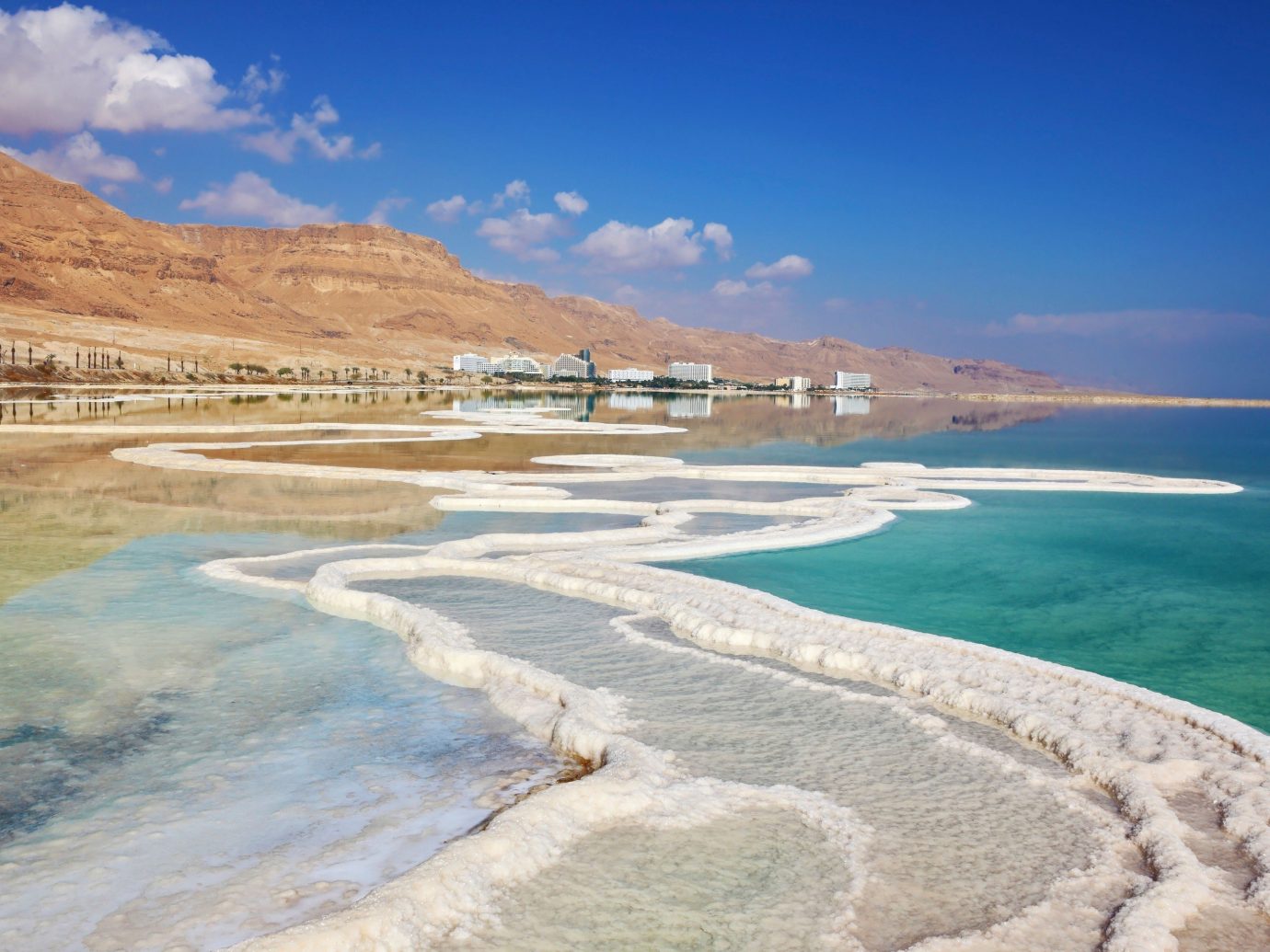
The Dead Sea, Israel
Time is running out for this hyper saline lake, the saltiest spot on Earth, and a swimmer’s favorite thanks to its natural buoyancy. A vital resource for the region, the Sea is the sole feeder of the Jordan River as well as a major center for health research. The last four decades, however, have seen irreversible damage, as mineral mining from farmers and cosmetic companies continue to drain the sea of its rich resources. It’s lost a third of its contents—for proof, look to the former seaside restaurants and hotels, now isolated a mile from shore—and an even greater threat looms: sinkholes, appearing where the water has retreated, bringers of freshwater that dissolve even more salt from the land. Scientists have determined that the coastline recedes by some 3 feet per year, and give it 50 years before it’s gone for good.
Tour to Book: Masada and the Dead Sea Day Trip from Tel Aviv
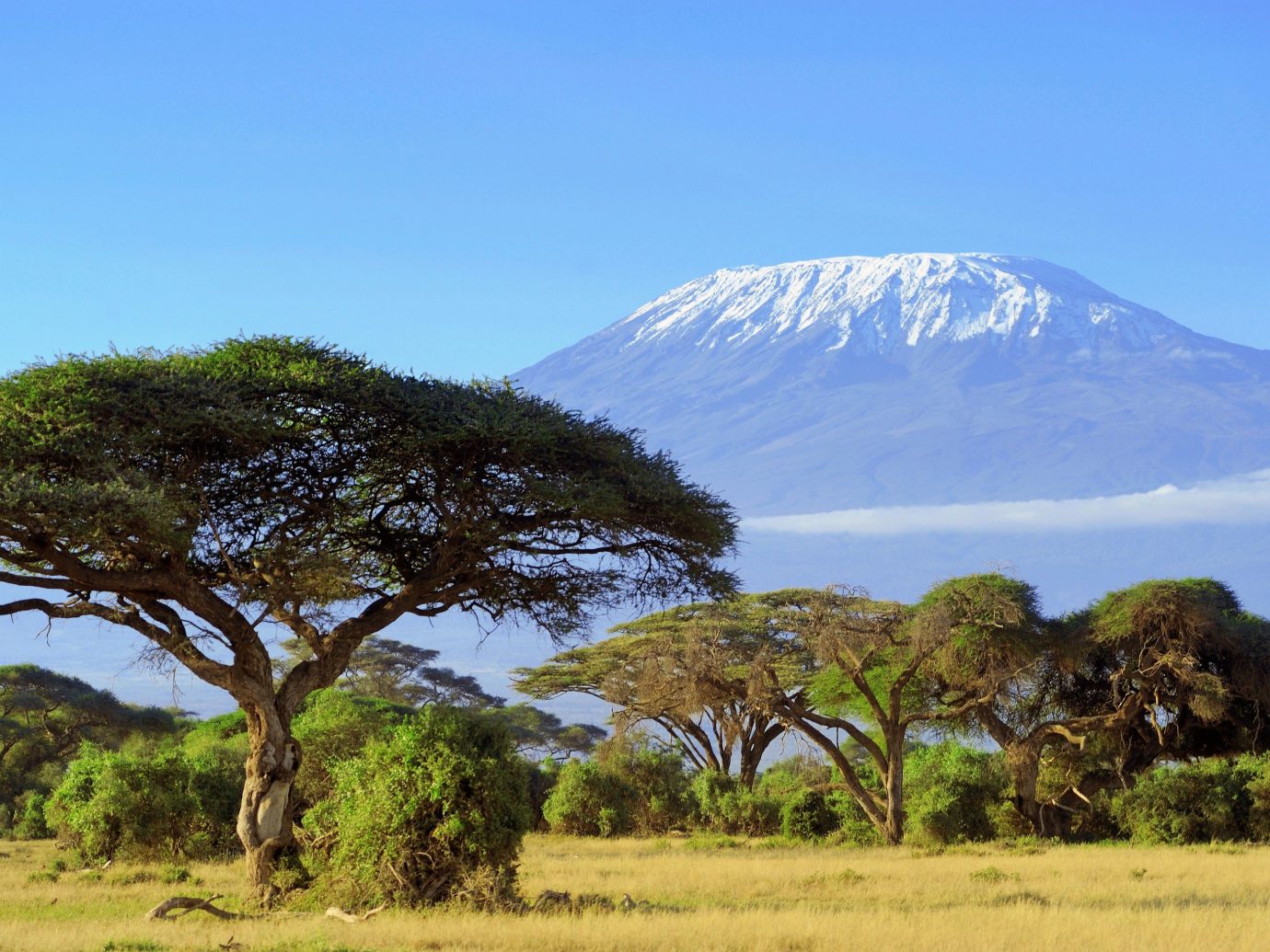
Mount Kilimanjaro, Africa
Whether by human pollution or the Earth’s natural cycle, global warming is real, and it’s been happening longer than we thought. Scientific studies have determined that the snow and ice capping Africa’s highest mountain have been receding by 1% a year since 1912, and that ice stopped accumulating in 2000. Melting ice exposes the mount’s dark-colored soil, which absorbs more heat, causing glaciers to melt faster, and…..you get the picture. Kilimanjaro’s mountaintop ice fields have been an ultimate destination for climbers throughout the years, but, at the current rate of decline, no glaciers are expected to survive in 15 years.
Tour to Book: 6-Day Kilimanjaro Trekking Adventure

Madagascar, Africa
The DreamWorks smash hit put this massive island off Africa’s east coast on the map, but your chances of encountering its adorable, endemic lemurs in the wild are waning (and this is the only place where you can do that). Recurring fires and mass deforestation due to farming for firewood and charcoal have whittled its forests down to just 10% of their original expanse, critically threatening lemur species already at risk from poaching.
Tour to Book: Lemur Spotting in Andasibe-Mantadia National Park
What to Pack
Women's Beach Outfit With Shorts
Women's Spring New Orleans Outfit
Want more?
- 10 Natural Wonders to See Before They Disappear
- 9 Hot New Adventure Destinations to Check Off in 2020
- 19 Items to Pack in Your Carry-On for Every Flight
Comments
All products are independently selected by our writers and editors. If you buy something through our links, Jetsetter may earn an affiliate commission.
Become a Jetsetter.
Use our insider connections to know where to go and what to do.
By proceeding, you agree to our Privacy Policy and Terms of Use.
Thanks for Signing Up!












